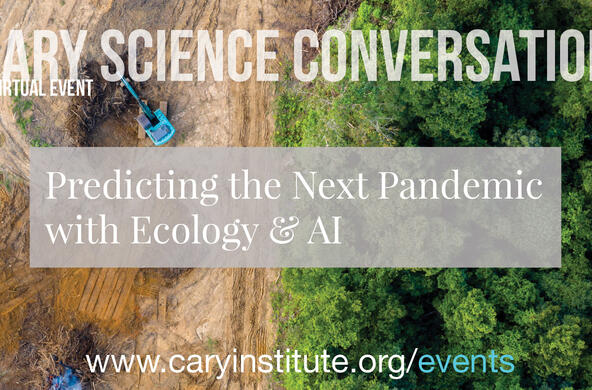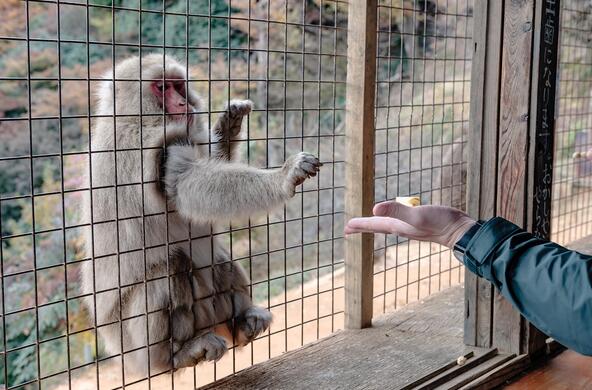
A newly developed algorithm is telling scientists where disease outbreaks may occur in the future.
Two-thirds of the diseases which infect humans are thought to originate from animals. Is it possible to predict where new disease outbreaks may occur in the future? Barbara Han is an infectious disease ecologist at the Cary Institute of Ecosystem Studies.
Han: There are a lot of places in the world where there's a lot of disease coming out of animals. There are other places in the world where either the animals just don't carry the diseases or we don't have as many mosquito species that can transmit these infections, or the stars are not aligning for disease outbreaks to happen in some places compared to others. I want to know what is it about those places where humans are experiencing the worst outbreaks, the most frequent outbreaks, the worst kinds of diseases. What is it about those regions that distinguish them from everywhere else? Is there something we can do about it?
Barbara Han and her team are developing an algorithm that looks at the data that scientists have gathered about potential disease-carrying animals. The algorithm comes up with probabilities, just like the software that monitors trends in our behavior online.
Han: If you listen to something like Spotify or Pandora, it starts to learn your preferences. If you're watching Netflix, it starts to learn the properties of the movies that you watch. In the same way, you can train a machine-learning algorithm to recognize the species that carry diseases and what distinguishes those species from those that don't.
For example, there are over two thousand species of rodents out there. The machine learning algorithm was able to recognize this pattern of a fast living animal that is able to out run the risk of being knocked out by an infectious disease just by simply having more and more babies.
Knowing where and when a disease might break out enables scientists to develop strategies for prevention.





